Sikuri is a traditional Peruvian music style, which is capable of moving you by reaching your heart and communicating with people through their melodies. When you have the opportunity to listen to this music, you can feel your heart beating to the beat of the big drums and you can listen to the musical notes of nature in the wind that emanate from the Sikus (Traditional Andean Pan Flute also known panpipes).
The Sikuri, is the person in charge of playing the Siku. What makes this music special and unique is that it is always played in a group; it is collective music and the melodies are formed in pairs. One of them plays a part and their partner responds with the other part. It is like a conversation made through musical notes. For that reason, the Sikuris point out that this music is the thread that connects them with people, the Pachamama (Mother Earth), and especially with their ancestors.
Very Old Origins
The Sikus (musical instruments) originate from instruments similar to the pan flutes used in pre-Inca cultures, which have been found in ancient civilizations such as Caral (oldest city in America, 5,000 years before Christ), or in bone and ceramic instruments that have been found in the Nazca or Paracas culture.
It is also thought that they were present in the Inca culture since the Sikuris played ceremonial music. But with the arrival of the Spaniards, they retired to other parts, especially to the territory that is currently Puno where this art is still maintained and is now also present in all regions of Peru: coast, Andes, and jungle.
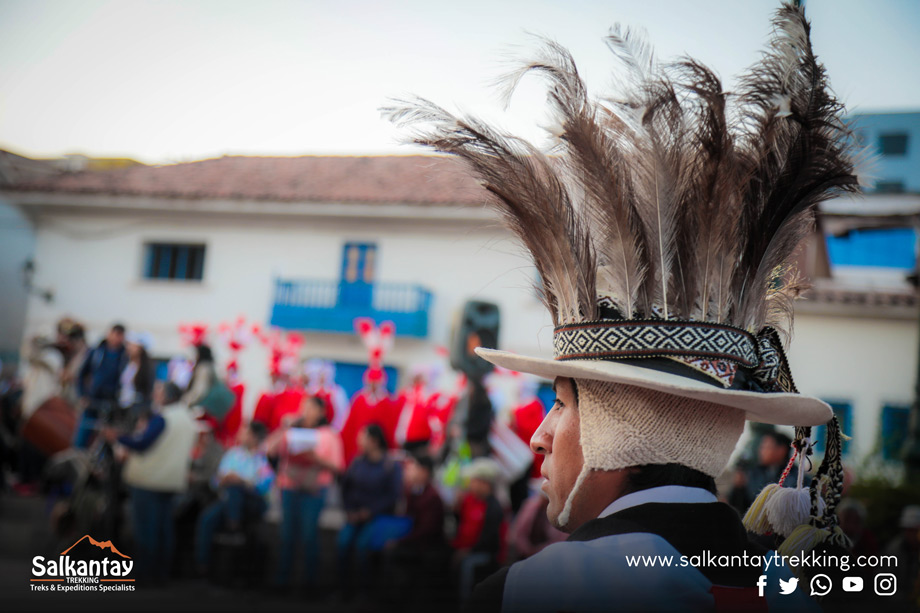
The Siku and the Big Drums
When you go through the streets and see the Sikuris play, you will realize that they are very large groups of people who dance and play this ancient music with a lot of passion. They basically play two instruments, the Sicu or Siku (in Aymara), Antara (in Quechua), Zampoña (proper word in Spanish) or pan flute and big drums.
The Siku is a wind instrument composed of reeds or tubes usually made of natural bamboo. These tubes closed at the bottom, are of different lengths and are tied in a row by a string. The musicians blow on the top of these tubes and each one has a different note.
They also have names according to the size they have, although these names vary in each region of the country, for example; the “Chulis” (small Sikus), the “Malts” (medium), the “Zankas” (large), and the “Toyos ”(Very big Sikus).

A Spiritual Music
This style of music has a very strong connection with the Pachamama (Mother Earth) or nature. Some groups currently even pilgrim to the mountains, which especially in Cusco, are considered sacred and listen to the sounds that emanate from the mountains to create their music. Then, they share this with other people, making this a culture that is never lost.
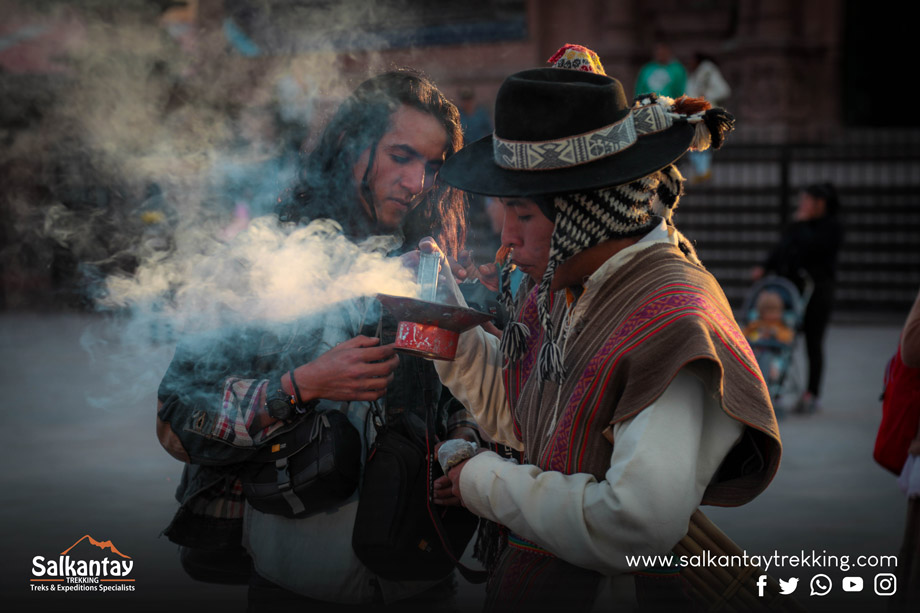
Types of Music
The Sikuris have grown so much throughout the country that the types of music vary according to each region. So if you ever have the opportunity to be close to any of these groups, you can listen to happy, sad, ceremonial, and other genres of music. They are played in different activities, especially during traditional events like New Year, carnival, and more.
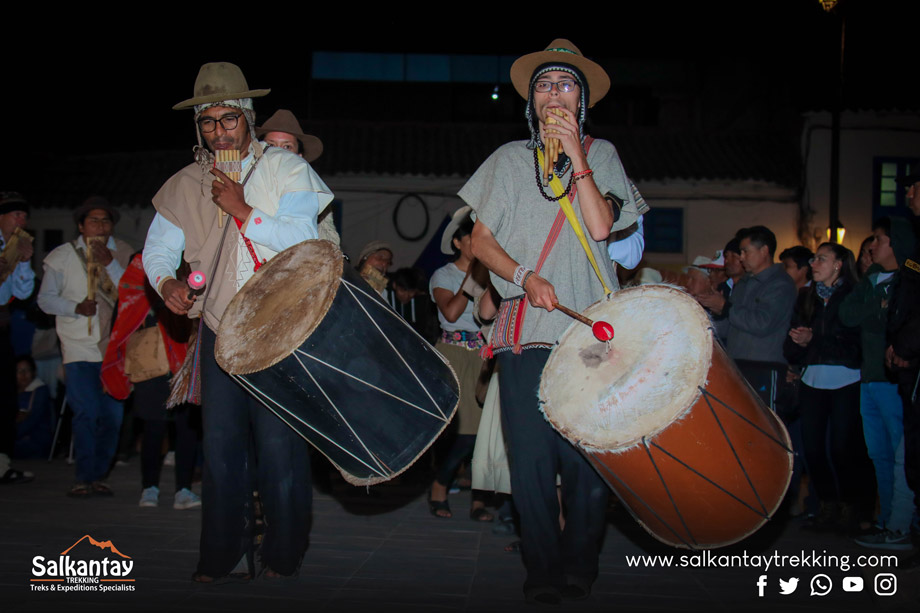
Meetings
In each state of the country, meetings of Sikuris groups are held with the aim of demonstrating this art and letting us know that this important musical expression is not lost. In August of this year, the Municipality of San Sebastián in Cusco organized the First Cultural Meeting of Sikuris of Cusco 2019; an activity in which several groups of Sikuris were present and that gave the opportunity to the population, and even tourists, to be able to enjoy these beautiful melodies.
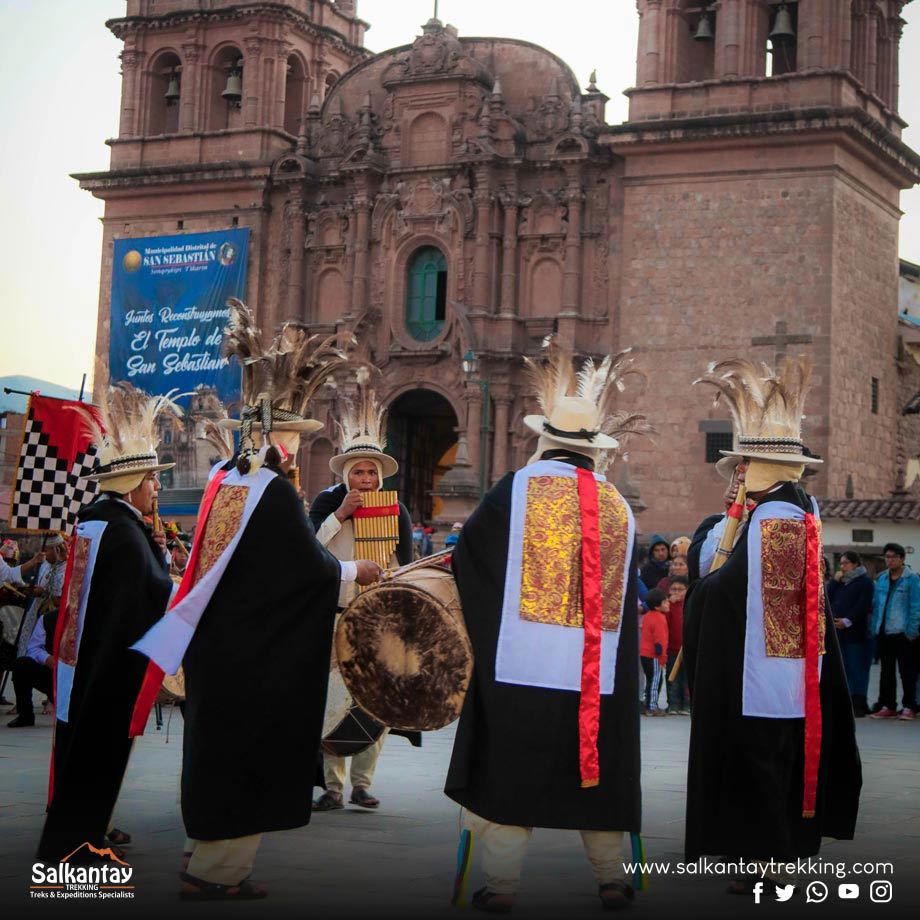
Tourists also Fall in Love with this Art
Although this music is usually played by inheritance since parents leave this art as a legacy to their children, visitors who come to this city also end up falling in love with this ancestral music. For that reason, it does not seem strange to see a tourist playing, with passion, these instruments and getting to know more about the rich culture that our country offers them.
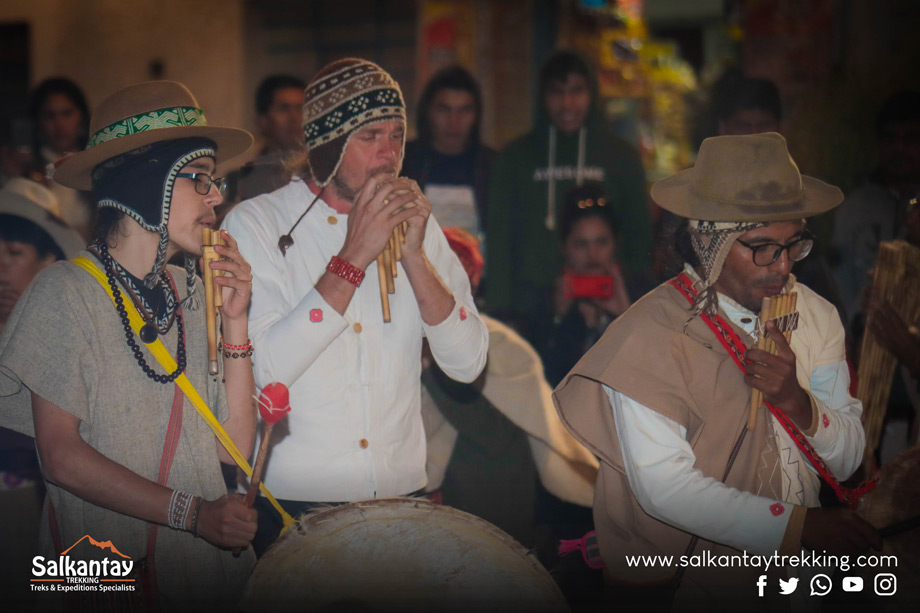
If you visit Peru, you cannot miss the opportunity to listen to this music, especially if you are traveling to the cities of Puno or Cusco.
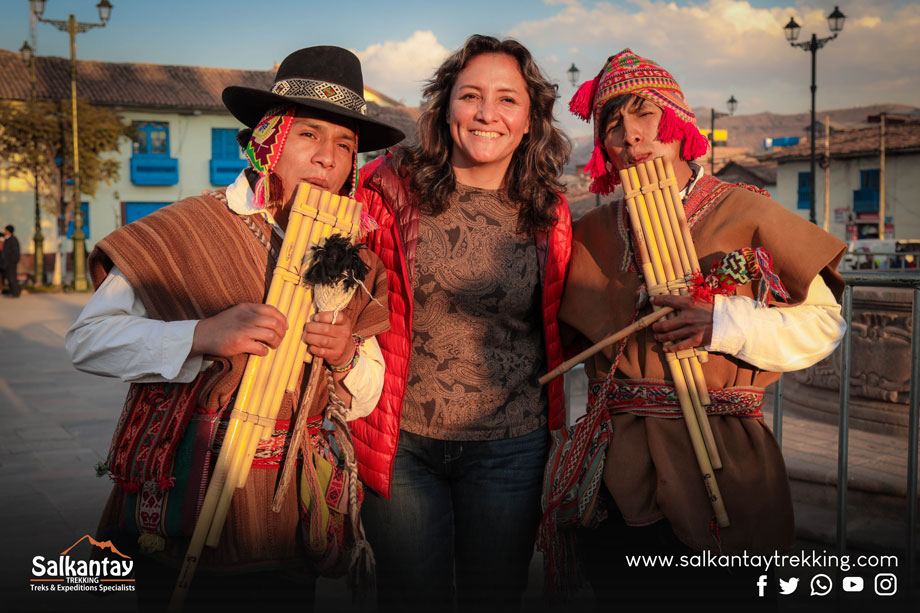
Thanks to the people who have given me the information about this great cultural expression: Qhantati Ururi Conima group, Yawar Wayna Cusco Cultural Center and Yawar Huayra Cusco Andean Cultural Expression Center.



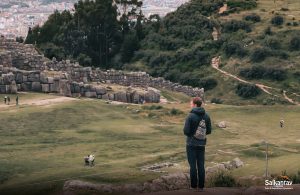
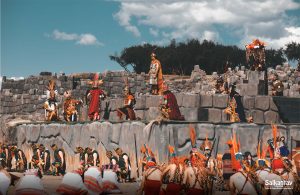
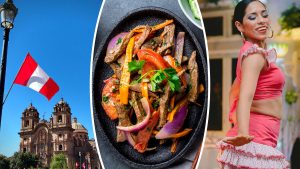

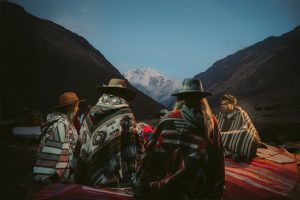


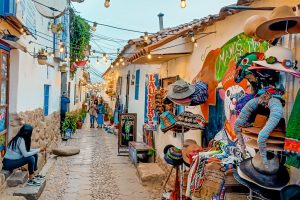
Leave A Reply